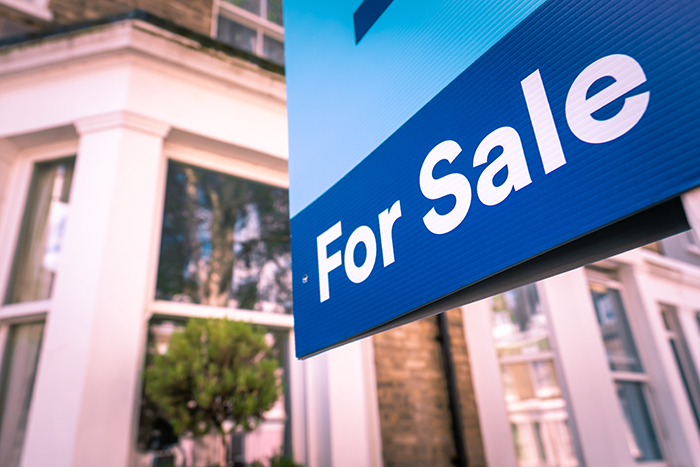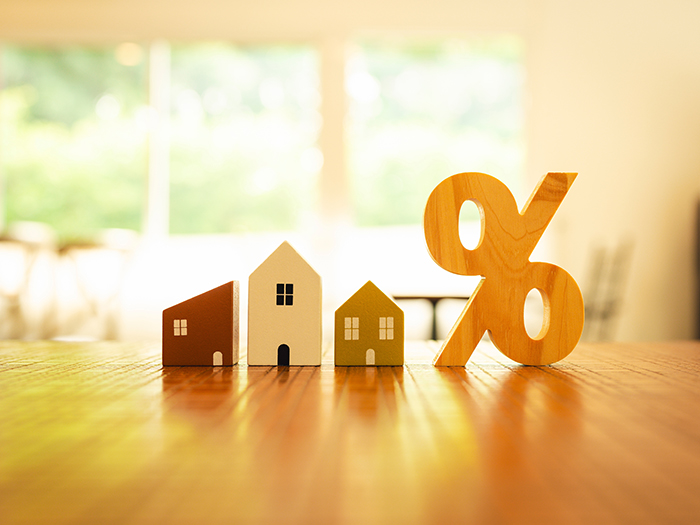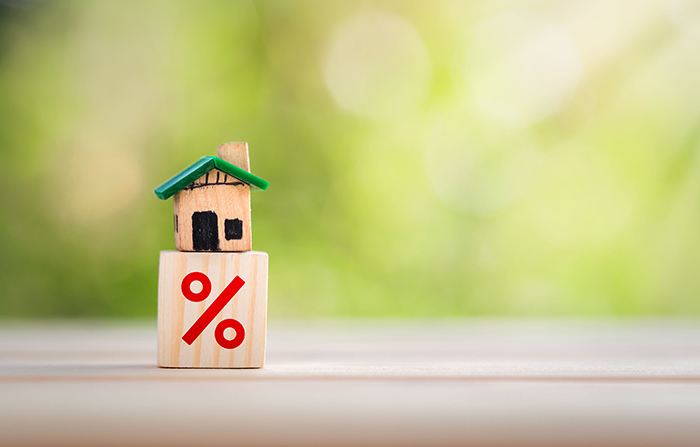
Stamp duty receipts jumped 19.6% to £16.5bn between April and February compared to the same period a year ago, official figures show.
This data, which is a £2.7bn rise, excludes devolved stamp taxes in Scotland and Wales, says HMRC.
Homebuyers paid £1.1bn in stamp duty in February, a £203m increase from January, according to Coventry Building Society’s analysis of latest HMRC statistics.
The mutual says the increase is likely to have been fuelled by a rush in activity as buyers race to beat tax changes at the end of the month, and the increased surcharge paid on second properties – which came into effect last October.
On 1 April, the stamp duty rate threshold will fall to £125,000 from £250,000 for home movers, and to £325,000 from £400,000 for first-time buyers.
Earlier this week, Lloyds Banking Group — which includes Halifax and Bank of Scotland –said it expects to see completions for March 50% higher than usual.
These changes come about after Chancellor Rachel Reeves, in her October Budget, failed to extend lower duty levels first set out in the unfunded Liz Truss September 2022 Budget.
Since September 2022, the Treasury has collected more than £32.3bn in property tax, says the Coventry mutual.
Coventry Building Society head of intermediary relationships Jonathan Stinton says: “Buying a home is about to get a lot more expensive. Those in the middle of the buying process will be racing against time to beat the deadline.
“Those who can’t get the keys to their new house in the next ten days need to brace themselves for a hit, potentially amounting to thousands of pounds.
Stinton adds: “The pressure of the deadline will be felt by buyers across the market, with some having to make tough financial decisions in the weeks ahead.
“But the impact won’t stop on 1st April – the higher costs of stamp duty are likely to affect buyer behaviour for months to come.
“With buyers needing to factor in extra tax we expect to see a shift in demand, slower sales, and a knock-on effect on house prices.”
In the 30 October Budget, the Chancellor also increased the stamp duty surcharge on second homes and investment properties from 3% to 5%, which came into effect the following day.



